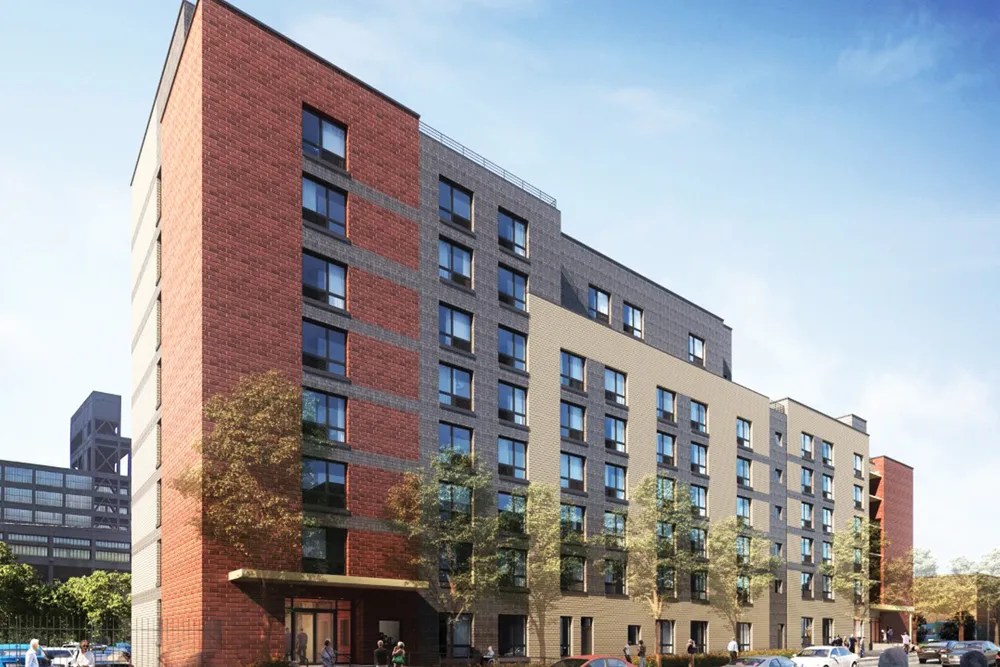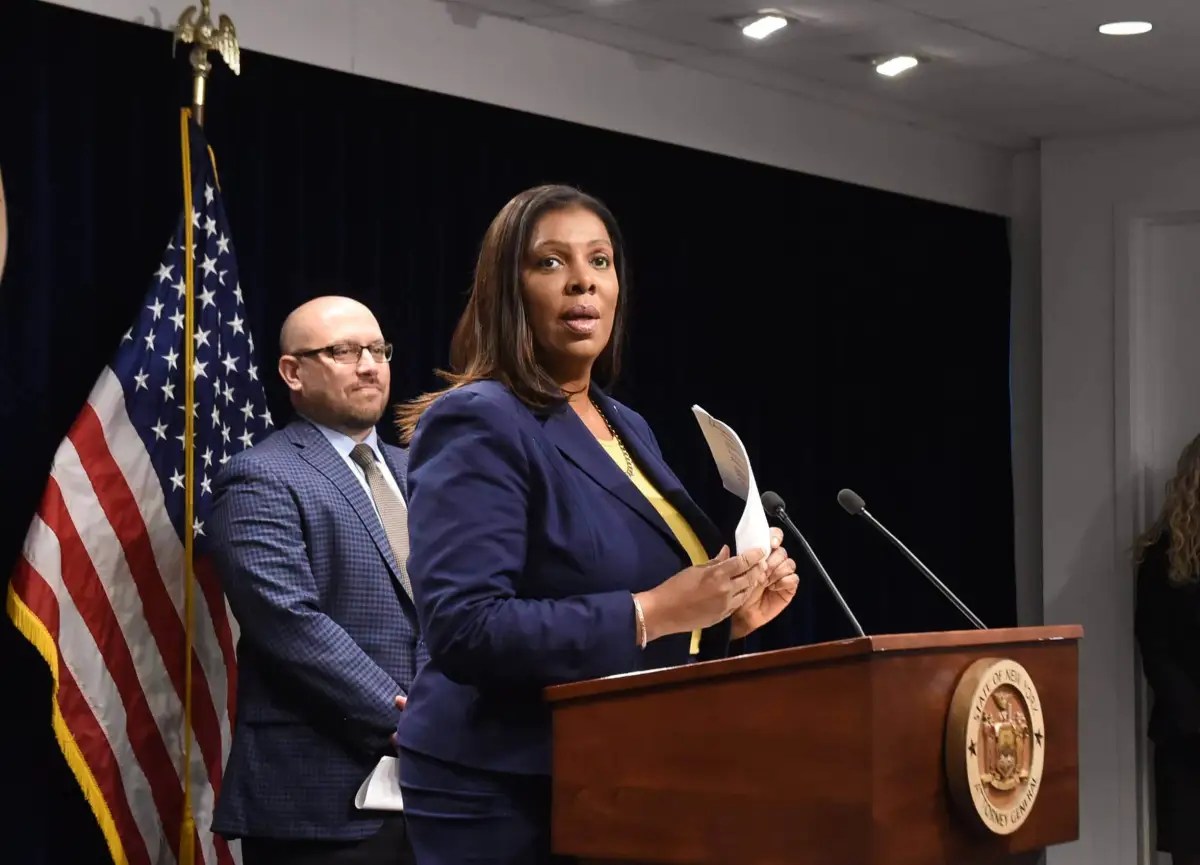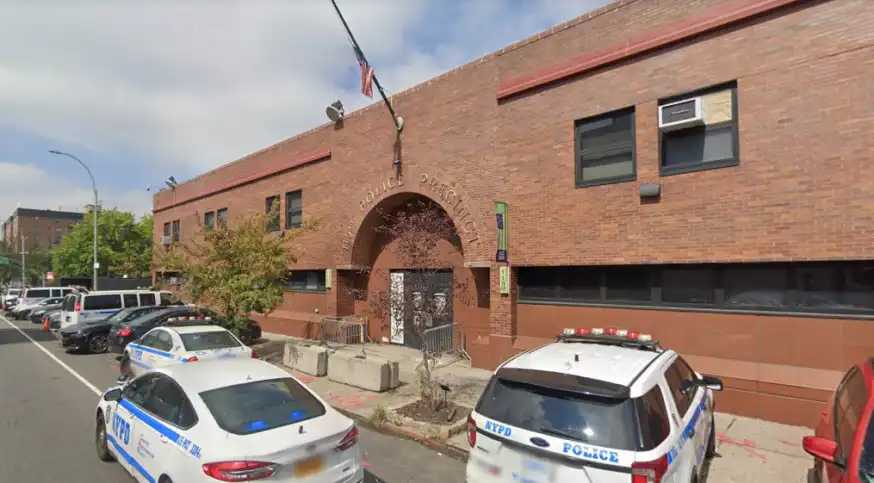Expanded access to affordable housing in New York City is jeopardized by turmoil in the City administration and looming reductions in federal housing programs.
While NYC HPD reported that a record 14,654 households moved into affordable housing in 2024, on an annualized basis, that falls far short of the lofty multiyear affordable housing goals of the City and State administrations.
And despite 33,974 new units completed in NYC in 2024, the most new homes annually in almost 60 years, this burst resulted from developers hurrying to construct projects before the 421-a tax incentives expired.
Without 421-a, affordable development slowed significantly. Just 15,626 units were permitted to begin construction NYC last year, the fewest since 2016.
Meanwhile, the City’s housing crisis continues to grow. Rents are up in all boroughs, hitting new highs in Manhattan last month.
We must stay the course in our commitment to create and preserve housing despite changes in the City administration and cutbacks in federal affordable housing support.
The Democratic NYC mayoral primary campaign is now underway with a large field of candidates. Many of them have described their ideas or plans to resolve the City’s housing crisis. Unfortunately, the worst of these proposals are detached from financial and political realities, and even among the better ideas, few build on, and expand, current and recent historically successful incentive programs.
We were starting to see tangible results from elements of the City of Yes that was designed to encourage housing creation by streamlining the permitting processes and increasing density by trimming zoning regulations that enable NIMBYism.
Changes in the City administration could cause the City of Yes to sputter, with no better policy alternatives to immediately replace it. We don’t want to see the City of Yes become the City of Maybe.
Changes in HUD affordable housing support could have a profound impact on our efforts to create and preserve affordable housing.
But a thoughtful review and reset of federal housing support could lead to a redeployment that would actually strengthen these efforts by concentrating financial and human resources on the most productive programs.
Here’s what should be done to expand access to affordable housing in New York:
- Broaden and elevate the City of Yes to the STATE of Yes. Create State regulations that supersede municipal codes that unfairly impede development of much needed multifamily workforce housing and streamline and speed up permitting processes.
- Ramp up reliance on public-private partnerships to create and preserve affordable housing. Collaboration among private sector developers, property owners, investors, financial institutions, state and local government agencies and non-profit affordable housing organizations is a proven productive approach to increase housing supply.
- Fully restore successful incentive programs such as 421-a that spurred development of tens of thousands of affordable units in mixed income multifamily buildings in New York.
- Establish a NY Affordable Housing Task Force comprised of public officials, community leaders and private sector executives to monitor, measure and report on the progress made toward achieving ambitious but realistic affordable housing goals.
New York City is fortunate in having extensive multifamily housing stock, much of it built in the first half of the 20th Century and generally maintained in good condition. By far, most landlords are responsible stewards of these residential properties and care about their residents.
How long would it take to develop similar residential buildings today, with the current burden of layers of sequential permitting, environmental reviews and prolonged and repetitive political processes? Years, certainly, perhaps a decade, while property taxes and loan interest must be paid, along with legal, accounting, consulting, and other costs that mitigate the affordability of new units if and when they finally come online.
New York often leads the nation in emerging trends–good and bad. The housing crisis grew faster and bigger here than anywhere in the country.
We have the talent, skills and will to be in the national forefront of solving the crisis by creating safe, comfortable and environmentally sustainable housing for New Yorkers.
The individual elected Mayor of New York City must provide the political leadership to inspire the confidence and determination required to achieve this goal.
Ariel Aufgang is Principal of Aufgang Architects.







































